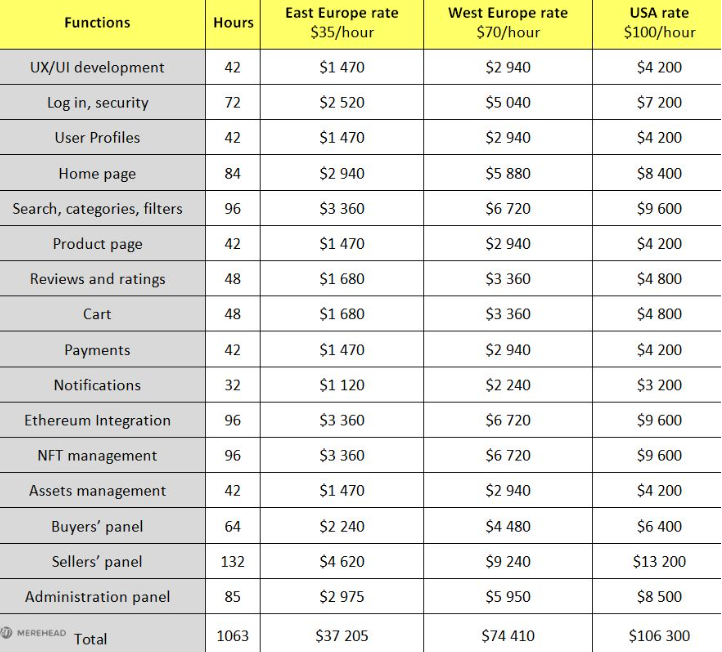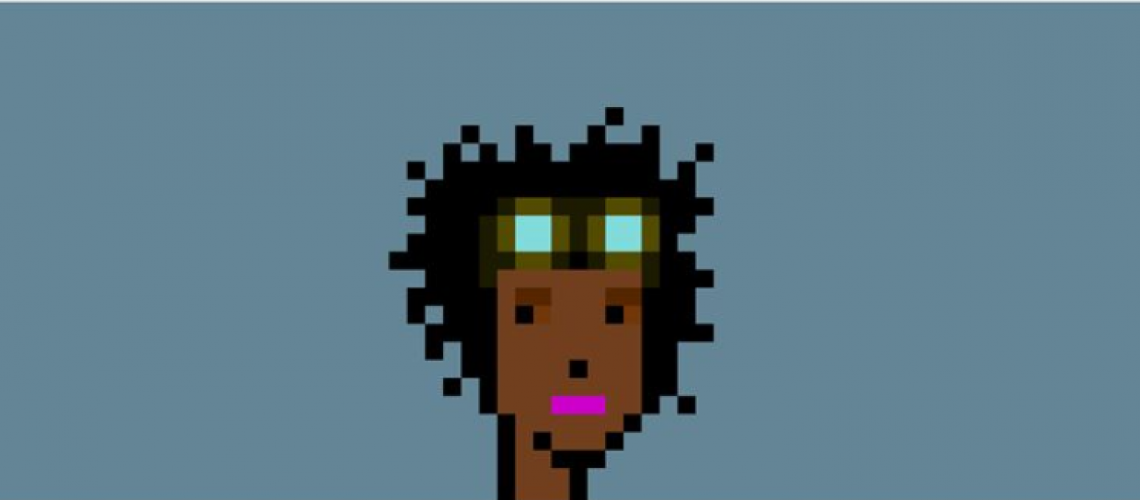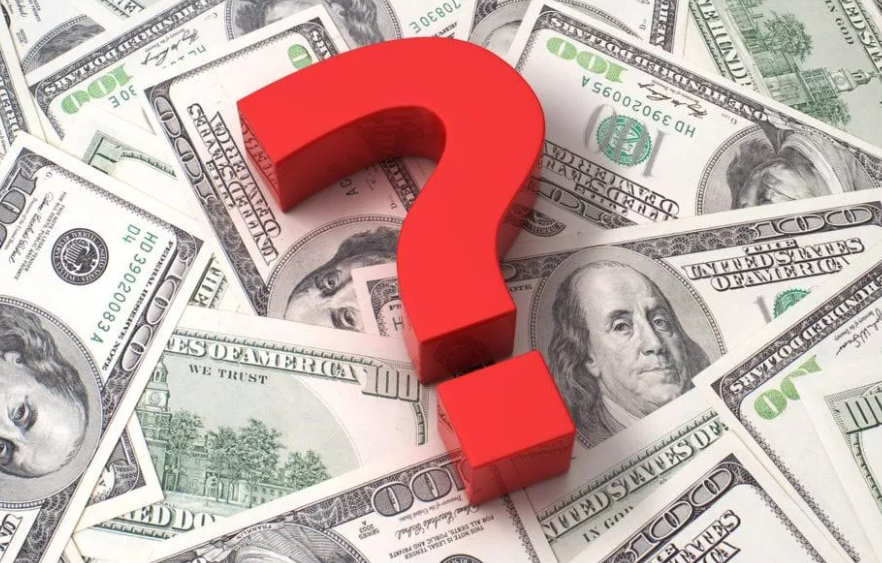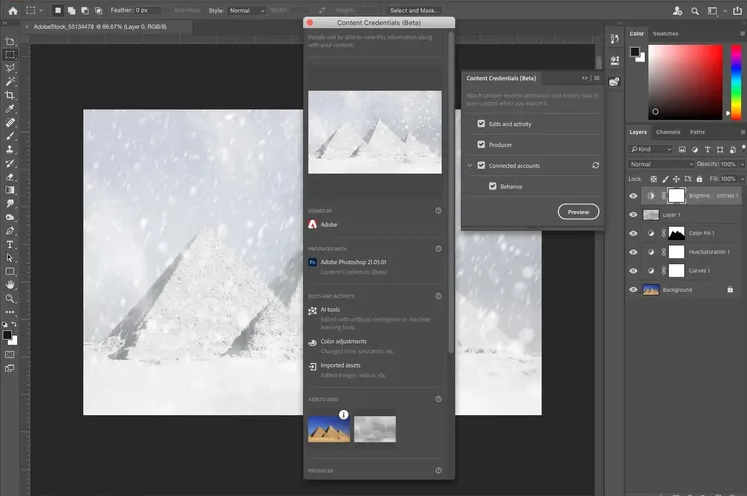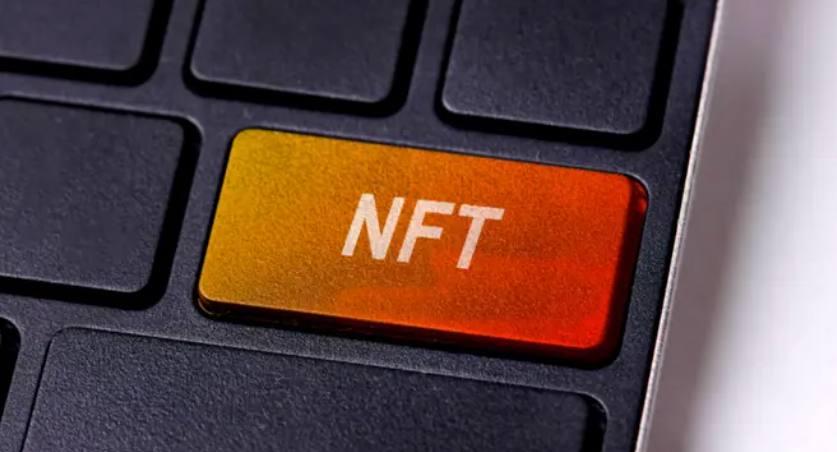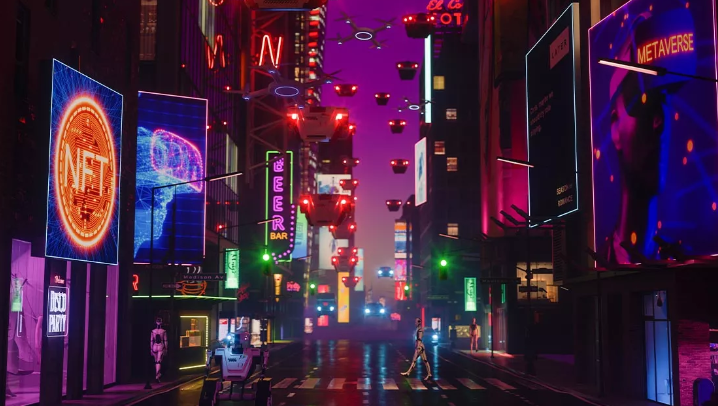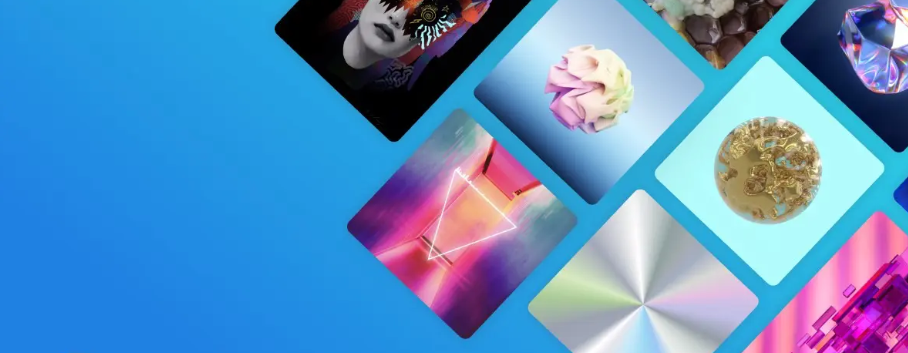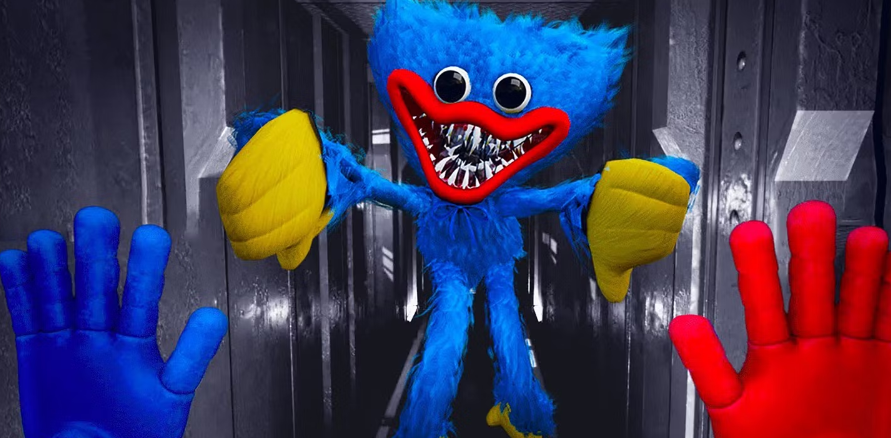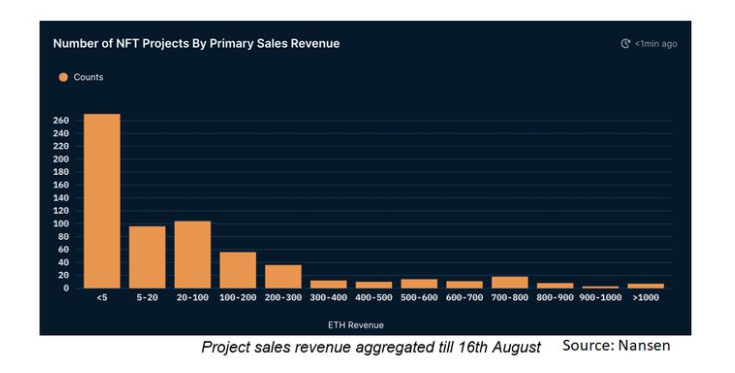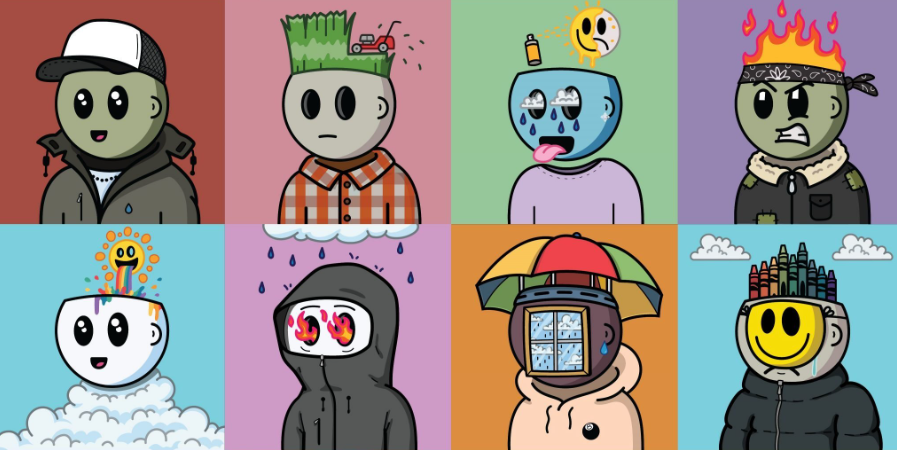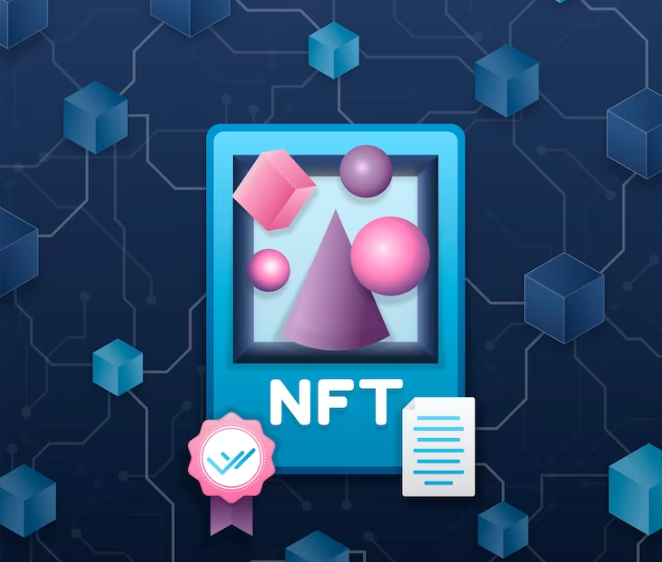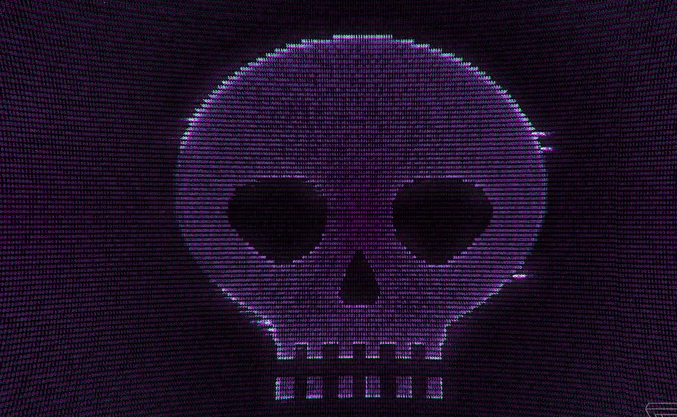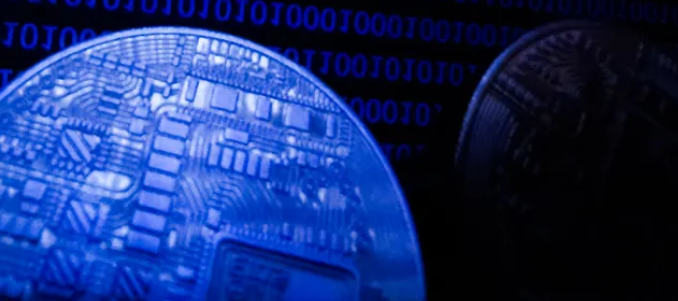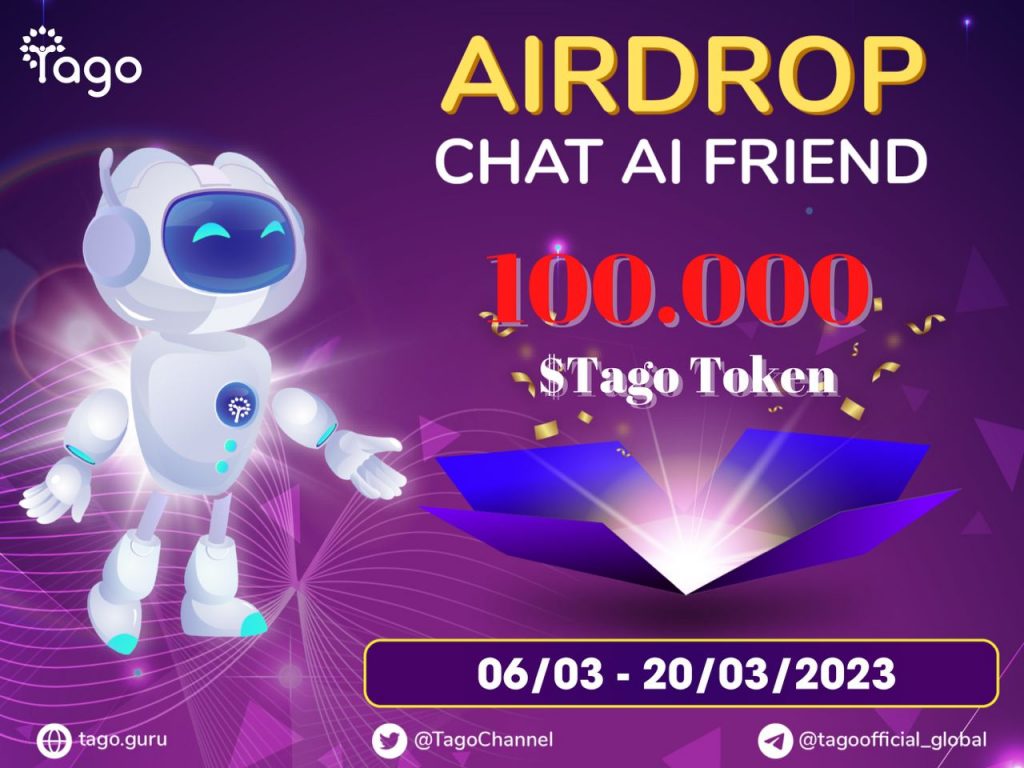According to NonFungible.com, in the first quarter of 2021, the overall capitalization of top NFT projects increased by more than 2,100% (last year, total market growth was just 300%). Many NFT tokens sell out instantly, with the most popular ones selling for approximately $70 million. Also, various celebrities support the market by transferring their music, images, memes, videos, logos, codes, etc. to NFT.
The biggest beneficiaries are the websites, which function as platforms for NFT trading to simplify the buying and selling of NFTs. In this article, we will briefly discuss what NFT is and where it can be applied, how to develop your own NFT marketplace, and how much it costs.
What is NFT?
Non-Fungible Token, or NFT, is a digital token that is designed to function as a digital certificate of property rights for physical or virtual assets, such as photos, videos, tweets, codes, etc. Each NFT is a unique token, a non-fungible and indivisible digital asset. This means that NFT is different from Bitcoin and Ethereum, so they cannot be traded or used as a payment method.
For example, the Cryptopunk 4250 NFT—is a certificate of property rights for a unique character that exists in the digital world and, according to the description, is a pixel image of a punk woman with welding glasses, tousled hair, and lipstick. purple. This lot is being sold at Larva Labs for $116,913.
The other NFT example: an image of a cute little girl smiling in front of a burning house. This image is called the “Disaster Girl” meme. The 21-year-old American Zoe Rot (the girl in the photo) sold the meme for 500 thousand dollars.

As you can see, NFT can bring you incredible amounts of money. Some tokens are more attractive, so people tend to spend more on them, while others sell very cheap. Everything is simple, if the token is something popular, it is expensive.
Here are some other examples of NFT lots:
- Artist Beeple’s digital collage “Every day: first 5000 days” sold at Christie’s auction for $69 million.
- The first tweet sold for $2.9 million.
- Nyan Cat animated movie sold for $590,200
- The CryptoKitties cat sold for $172,000.
How Does The NFT Marketplace?
Unlike Bitcoin and Ethereum, you cannot trade your tokens directly on crypto exchanges. To buy and sell NFTs, you’ll need a special platform that helps unlock, store, and trade non-fungible tokens. Today, the most popular marketplaces are OpenSea, Rarible, Superfarm, and Mintable.
They use special smart contracts to generate NFTs and add the token to a unique form of data called metadata. Then the main parameters are added (name, non-expendable characteristic, indivisible characteristic, address, number, etc.). Non-fungible tokens can then be bought and sold on the platform for a fixed price or at auction.
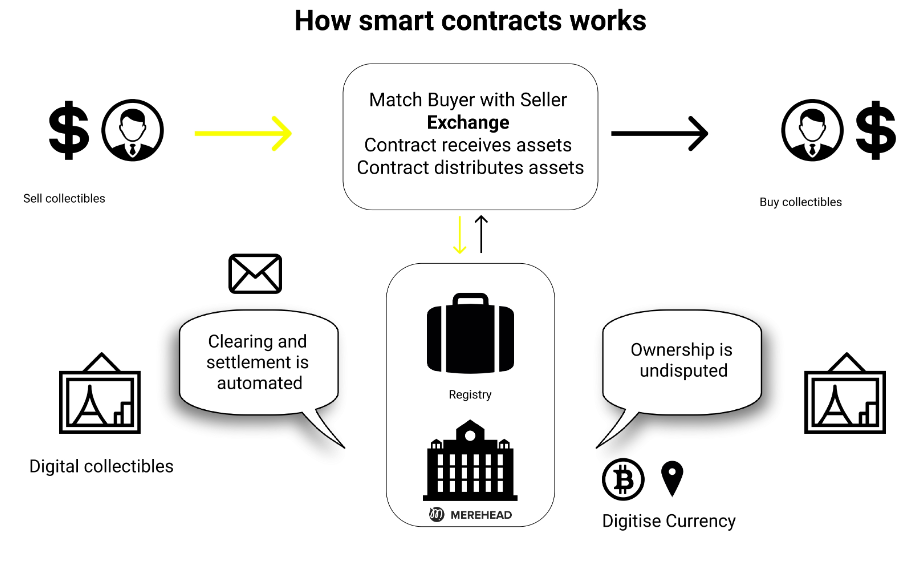
How do NFT market smart contracts work?
On the customer side, NFT marketplaces work like normal online stores. The user must create an account on the platform and a digital wallet to store NFTs and cryptocurrencies. The user can then use any listing to purchase NFTs or create their token. Launching an NFT is simple and similar to creating an eBay listing. You will need to indicate the name, price, a short description and an image, photo, video, GIF and others.
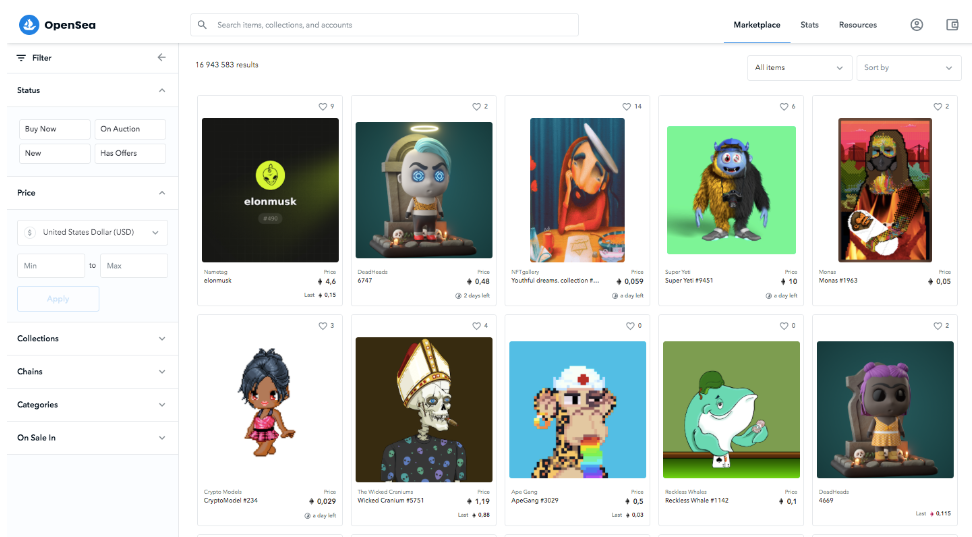
Niches of NFT use
Many NFTs are used to earn money from various pieces of digital art; starting with digital copies of real images and ending with memes. For example, on the OpenSea platform you can buy, sell, send images, videos, GIFs and music. This platform is powered by Ethereum and creates NFTs using the ERC721 and ERC1155 protocols.
However, art is not the only niche where NFTs can be applied. You can use it to trade collectibles (NBA Top Shot), game characters (CryptoKitties) property (Mintable), virtual worlds (Metaverses), investment deals, and any other sector, where the right of ownership can be converted into a token. The most important thing is to create a marketplace that works with your property rights needs.
For example, you want to develop an NFT marketplace to trade art, and generally all you need to do is develop an online store. The server part must have the ability to process, store, sell and trade NFTs. It is relatively simple. If you want to have an NFT platform for property trading, you’ll need to build something like Zillow or Trulia. These platforms work with MLS databases, find the user’s location, etc.
And this works with other niches too. Here are some other examples:
- Study online. These marketplaces should offer a wider range of services for online learning. It includes selling the entire course, tracking progress, and communicating with teachers.
- Investment projects. These NFT markets should work like stock markets for asset trading. They must have the power to issue legally valid assets with property rights, dividends and shares.
- Security. Non-fungible tokens can function as keys to various content, programs, databases, operating systems, or events. To sell these NFTs, the platform must focus on security measures and must support Touch ID, Face ID, Eye ID, etc.
- Video game. The sale and purchase of NFTs that symbolize various in-game items and characters are usually done in-game or on external online platforms that guarantee safe dealing, such as Steam. It is a tight integration with the game.
Main abilities of Marketplace
The NFT marketplace combines the features of an auction, an online store, and a blockchain platform that issues non-fungible tokens. Users should be able to create their NFT products and sell them. In addition, convenient marketplaces offer additional features to attract and keep more customers and improve the overall user experience on the platform. Consider starting with the following things, when developing your own NFT marketplace.
Show Window: This feature offers users to check all the necessary information about the lot: name, price, description, owner, payment method, rating, etc. Some NFT marketplaces provide additional information about the token’s blockchain and protocol for users to see if the NFT is valid.
Search Engine. Make sure your users can easily find the item they need. It would be a good idea to divide various assets into categories like art, photography, video, domes, memes, and music, so users can easily navigate the platform. Filters help to sort things out, especially if there are a lot of similar items.
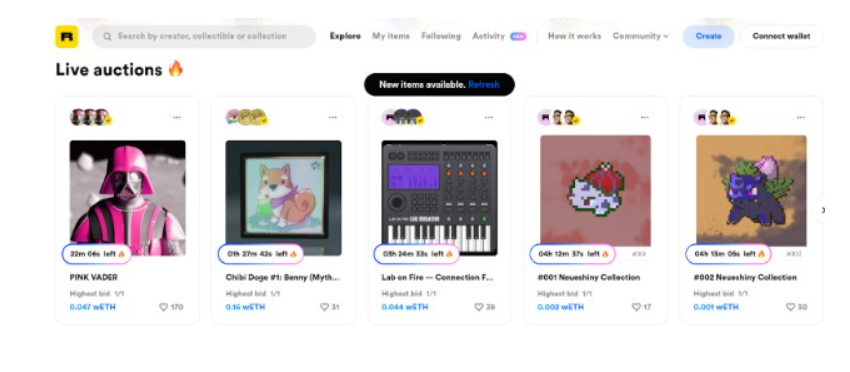
RegisterLog in. In order to sell and buy NFTs on the platform, the user needs to create an account. The registration process is usually done through emails, phone numbers or social media accounts. Usually, users are offered to declare their cryptocurrency account. If they don’t have one, they sign up through Metamask, MyEtherWallet, Coinbase Wallet, or other cryptocurrency wallets.
Create an ad. This process should be simple and fast. Perfectly, it should be similar to eBay. For best results, try creating something like an OpenSea Collection Manager. It will help to load the product, indicate the name, price, description, tags, external link and other features.

NFT wallet. Users need a wallet to send, get, and store NFT tokens and cryptocurrencies. The easiest solution is integration with popular cryptocurrency wallets. The main thing is that the wallet supports your NFT protocol. Typically these are Metamask, MyEtherWallet, Coinbase, and WalletConnect.
Commercial history. Usually, the NFT marketplace has a section where users can track their trading history. This will help to understand how popular the platform is, what is being sold there, and the price. For example, OpenSea trade history includes the following data: event, name, price, buyer, seller, date.
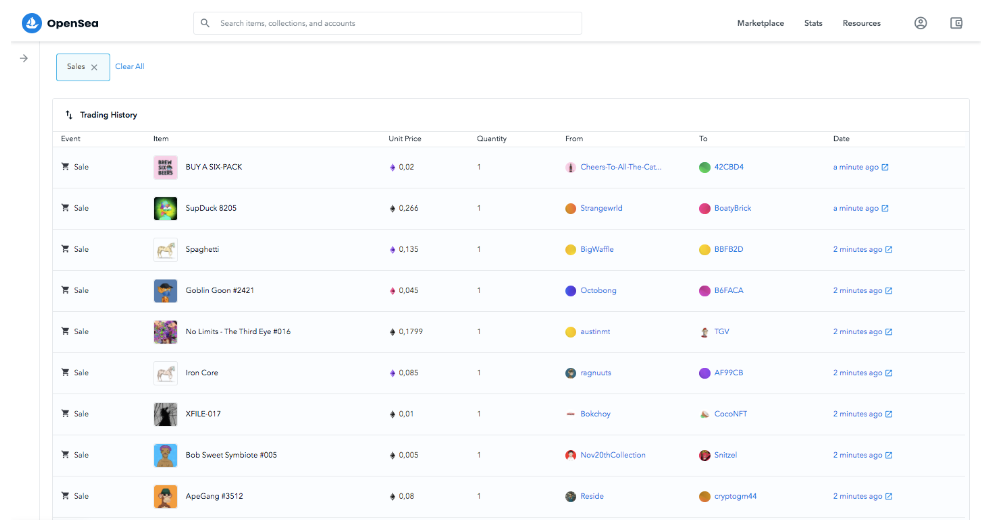
Reviews and ratings. Shows if the lot/vendor is praised by users. This information helps to estimate the specific batches. Usually the rating is a score from 1 to 10 or I like it or I don’t like it. Reviews can be like comments that any registered user can leave. The review can also be left by both parties after closing the deal.
Notifications. You can develop a system of automatic notifications to inform users about new bets in their category or preferred stores, the change of status, new messages, sell your lot or update the NFT platform.
Support It is a crucial aspect of any trading platform. The support service will help users to find answers, solve their problems and confrontations. It can be a call center or email support, an information platform or a chatbot.
Non-Fungible Token Standard
In order to run a blockchain-based NFT, you will need to follow a series of requirements that ensure that the asset works properly and has the necessary functions of an asset. Today, the most popular standards for launching NFTs are:
- ERC721. It is used as a one-time mod for someone or something based on Ethereum. It supports smart contracts and offers a wide range of tools for transferring assets using the transferFrom method.
- ERC1155. This is not just a standard, single asset, it is an asset class. Compared with ERC721, it is much more effective. If you are a game developer and your goal is to sell 100 armor sets, you will need to write 100 smart contracts for ERC721, but for ERC1155 you will need to write a contract and indicate the amount.
- BEP. The largest crypto exchange like Binance launched a new blockchain BSC that supports smart contracts and supports Ethereum Virtual Machine (EVM). Includes ERC721 and ERC1155 NFT equivalents: BEP-721 and BEP-1155.
How to create an NFT market? Steps.
The trading platform for buying and selling NFTs is a difficult type of software, the developers need to be very experienced like Merehead. Since 2015, we have been helping different companies and individuals to run fintech and blockchain projects, such as cryptocurrency wallets and exchanges. Our company can help you run a marketplace from scratch or clone an existing platform.
Step 1: Start the Project
In the first step of launching an NFT marketplace, you and the developers must study the details of your project, estimate the technical part and the general concept. Here, you will need to answer the following questions:
- What is your niche?
- How will NFT sell?
- Who is your target audience?
- What token protocol are you going to use?
- What technological stack are you going to implement?
- What is your monetization model?
- How is your project different from existing ones?
- What features do you want to see there?
- Additional questions…
The answers to these questions will show you the direction of the development process and help you decide on the characteristics of your NFT marketplace. If you are having difficulty answering these questions, don’t worry as the developers will help you. They can describe your ideas in text or diagrams, they can prepare the technical documentation so that you can start making a project.
When the general concept and specification are ready, developers can make a development plan, estimate the time it will take and the budget. Then you can start making a project.
Step 2: drawing up a project and development process
When the technical side and the plan are discussed, the development team can get down to business. First, you and the business analyst or designers make a concept of the user interface (frameworks, templates, prototypes) and describe the user flow and features. An effective architecture of the trading platform is then created.
UX/UI design Navigation and UI are crucial for NFT markets as first impression, usability, user experience all depend on it. So make sure that the design is appreciated by the audience and that it is simple enough that anyone can figure out how to use it. It should remind you of Amazon or eBay.
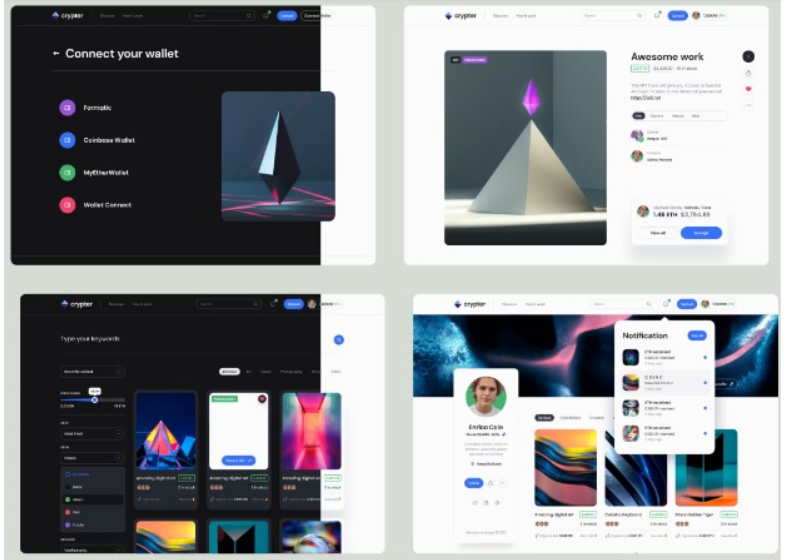
Back-end and smart contracts. At this level, the internal part (server part) is doing the work. Many important market and business logic functions take place here, including the blockchain, smart contracts, wallets, and the auction mechanism (many NFTs are sold at auctions).
This is an example of the technology stack from the back-end of the NFT marketplace.
- Blockchain: Ethereum, Binance Smart Chain.
- Token standard: ERC721, ERC1155, BEP-721, BEP-1155
- Smart Contracts: Ethereum Virtual Machine, BSC Virtual Machine.
- Frameworks: Spring, Symfony, Flask.
- Programming languages: Java, PHP, Python.
- Bases de datos SQL: MySQL, PostgreSQL, MariaDB, MS SQL, Oracle.
- NoSQL databases: MongoDB, Kassandra, DynamoDB.
- Search engines: Apache Solr, Elasticsearch.
- DevOps: GitLab CI, TeamCity, GoCD Jenkins, WS CodeBuild, Terraform.
- Cached: Redis, Memcached.
Front-end This is the external part of the trading platform that is responsible for the interaction with the user. The main task of front-end development is to provide a simple interface, security measures, and productivity. Here is an example of the technology stack for the front-end NFT marketplace:
- Programming languages for web: Angular.JS, React.JS, Backbone and Ember.
- Mobile programming languages: Java, Kotlin for Android and Swift for iOS.
- Architecture: MVVM for Android and MVC, MVP, MVVM and VIPER for iOS.
- IDE: Android Studio and Xcode for iOS.
- SDK: Android SDK y iOS SDK.
Step 3 – Product Testing
In this step, several test cycles are carried out to ensure the correct operation of the platform. The QA team runs a few check cycles to see that the project has no critical issues or bugs. Additionally, content, usability, security, reliability, and productivity are also tested in various possible scenarios.
Step 4: release and support
Once the test is over, it’s time to release the NFT platform to a cloud server. Please note that this is not the last step, as you will need to organize the work of the support center. In addition, the further development of the platform should be planned, so that it follows the market trends and meets the requirements of the users. About the future of nft in a music you can check in our new post.
The cost of NFT market development
